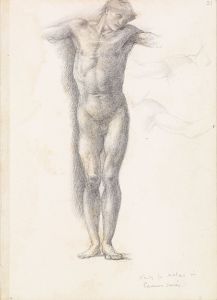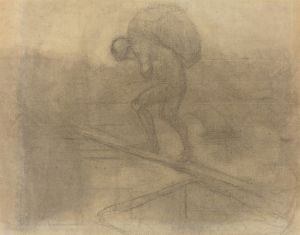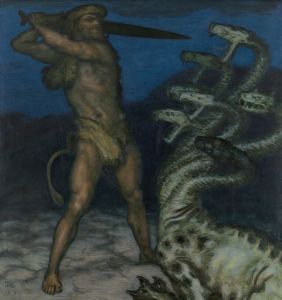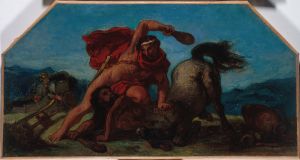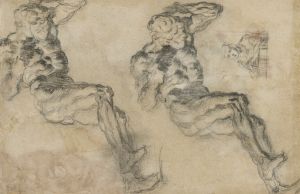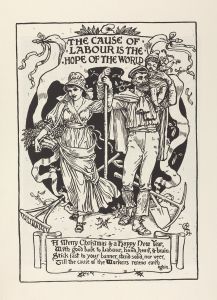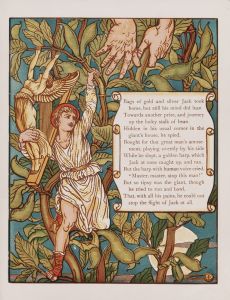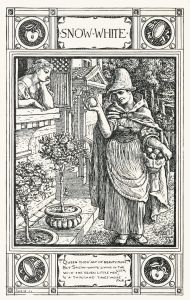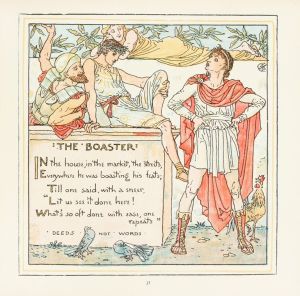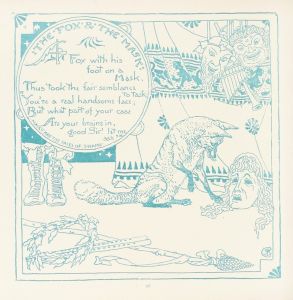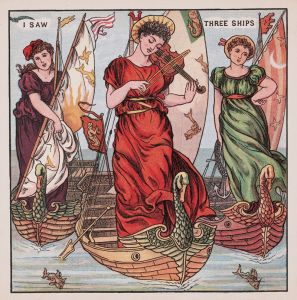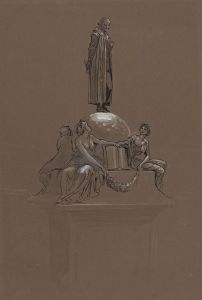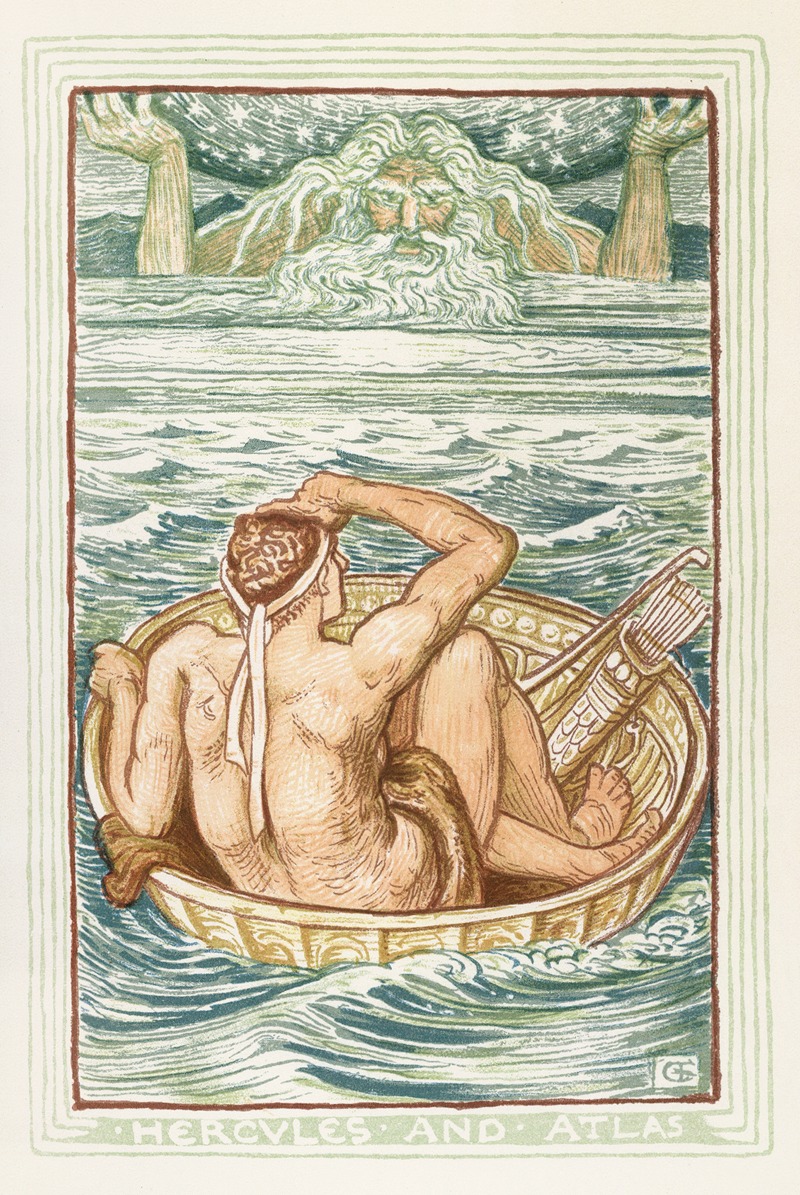
Hercules and Atlas
A hand-painted replica of Walter Crane’s masterpiece Hercules and Atlas, meticulously crafted by professional artists to capture the true essence of the original. Each piece is created with museum-quality canvas and rare mineral pigments, carefully painted by experienced artists with delicate brushstrokes and rich, layered colors to perfectly recreate the texture of the original artwork. Unlike machine-printed reproductions, this hand-painted version brings the painting to life, infused with the artist’s emotions and skill in every stroke. Whether for personal collection or home decoration, it instantly elevates the artistic atmosphere of any space.
Walter Crane (1845–1915) was a prominent English artist and illustrator associated with the Arts and Crafts Movement. Known for his contributions to book illustration, decorative arts, and painting, Crane often drew inspiration from mythology, literature, and allegory. One of his works, Hercules and Atlas, reflects his interest in classical themes and his distinctive artistic style.
Hercules and Atlas is a painting that depicts a scene from Greek mythology involving the hero Hercules and the Titan Atlas. In the myth, Hercules is tasked with retrieving the golden apples of the Hesperides as one of his Twelve Labors. To accomplish this, he seeks the help of Atlas, who holds up the heavens. In exchange for Atlas retrieving the apples, Hercules temporarily takes on the burden of supporting the celestial sphere. The painting captures this moment of exchange, showcasing Crane's ability to blend mythological storytelling with his decorative and symbolic approach to art.
Walter Crane's style in Hercules and Atlas reflects his training and influences, including the Pre-Raphaelite Brotherhood and the decorative principles of the Arts and Crafts Movement. His use of bold lines, intricate patterns, and harmonious compositions is evident in this work. Crane often emphasized the unity of art and design, and his paintings frequently exhibit a balance between narrative content and aesthetic form.
The exact date of creation for Hercules and Atlas is not widely documented, but it is consistent with Crane's broader body of work, which often explored mythological and allegorical themes. The painting exemplifies his interest in classical antiquity and his ability to reinterpret ancient stories through a Victorian lens.
As with many of Crane's works, Hercules and Atlas demonstrates his commitment to making art accessible and meaningful. While he is best known for his illustrations in children's books and his contributions to decorative arts, his paintings, including this one, reveal his versatility and depth as an artist.
Further details about the painting's current location, medium, and dimensions are not readily available in existing records. However, Hercules and Atlas remains an example of Walter Crane's engagement with classical mythology and his broader artistic philosophy.





